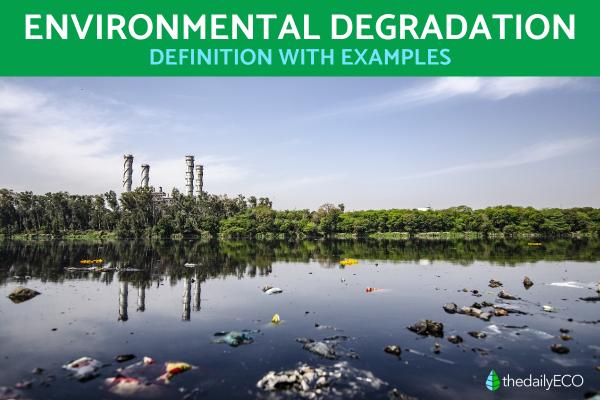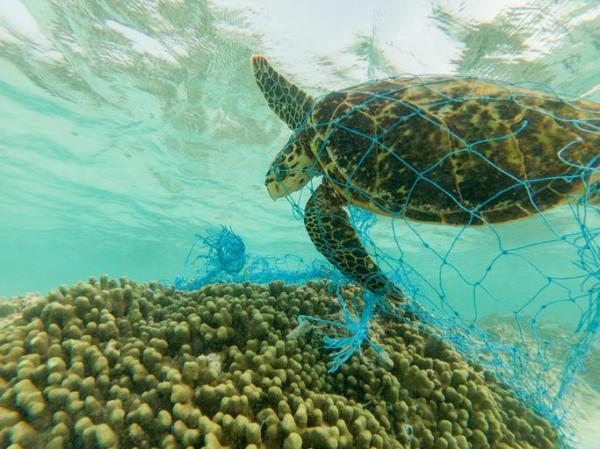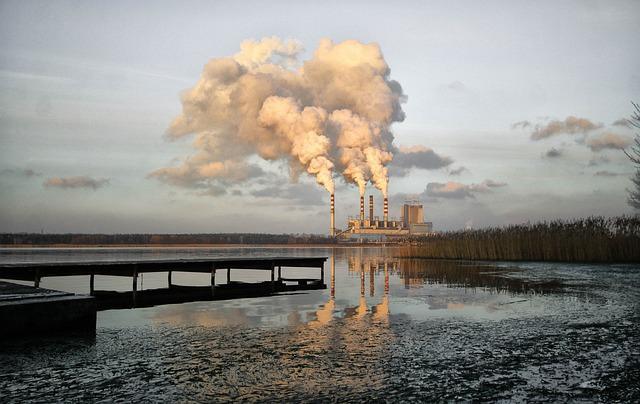Environmental Degradation Definition With Examples


Supporting our environment is not a selfless act. Finding ways to reduce the impacts of climate change and the environmental degradation our world faces is the only way to ensure our future. The same applies to future generations. Knowing how to slow or even reverse the effects of environmental degradation requires us to understand what it means in a practical sense. As there are many factors involved in environmental deterioration, it is important to categorize it so we can have a better chance of affecting positive environmental change.
It is for this reason thedailyECO provides an environmental degradation definition with examples of its causes and effects. In doing so, we will learn more about how we can prevent further causes and reduce its effects.
What is environmental degradation?
In its most basic sense, an environment is the surroundings, conditions and circumstances of a living thing. When we speak about environmental degradation, we are talking more specifically about the natural environment. In this sense, we are talking about all the living and non-living things which occur naturally on planet Earth and the interactions which occur between them.
Living and non-living things are known as biotic and abiotic, respectively. Those which fall under the category of biotic include plants, animals and us humans. Non-living components include soil, lakes, rivers, airstreams and much more. The natural environment is constituted from all of these things and is contrasted with the built environment. The built environment is that which has been created by humans, such as cities and farmlands.
What is environmental degradation?
Environmental degradation is defined as the depletion of environmental resources which allow it to meet the social, biodiversity and climactic needs of Earth. Environmental degradation occurs when the earth's natural resources are depleted or damaged and the environment is compromised. This depletion can occur in various forms and it is important to note that it affects both the natural and built environments, especially since many ecosystems encompass both.
The consequences of this deterioration are varied. They can include the loss of biodiversity, deterioration of air quality, erosion of soil, increase of the greenhouse effect and total extinction of animal or plant species. Many of these effects are not easily determined in the short term, but research into the causes and effects of environmental degradation are making some dire projections about the future. It is why action needs to be taken in the present.
Environmental degradation is one type of environmental impact, of which there are many. While environmental deterioration has negative outcomes, not all of the causes and effects are necessarily negative. Learn more with our guide to the different types of environmental impact.

Causes of environmental degradation
The causes that influence environmental deterioration are incredibly varied. Many of them are still unknown, but the following are some of the most common causes of environmental degradation:
Pollution of various ecosystems
Pollution or contamination is the alteration of natural and built environments due to the introduction of various harmful substances. These exert a negative effect and deplete the resources and/or quality of a given environment.
There are different types of environmental pollution, depending on the cause and type of contaminant. They are often categorized by the environment which they pollute. For example:
- Water pollution
- Air pollution
- Land pollution
While they may be generally categorized into these three types of pollution, there are many different ways to categorized pollution. For example, when we categorize them according to the contaminant, we can find light pollution, noise pollution, thermal pollution, radioactive pollution and many others.
Another method to classify pollution is according to the degree of dispersion of the pollutants. We can find the following:
- Point pollution: contaminants are located at a single point, such as a drain.
- Diffuse pollution: pollutants spread through the environment, such as acid rain by wind action.
Environmental degradation by the industrial sector
Much of the environmental degradation we see is due to industrial activities. Various industries produce goods for society at the expense of damaging the environment, generating pollutants or giving the population the necessary elements to continue deteriorating the environment.
Habitat degradation
The degradation of animal habitat is produced largely by activities carried out by human beings, such as the construction of dams or tourism on the coast. These interventions worsen the conditions of the habitat, affecting the animal and plant species within it.
Another cause of environmental deterioration is the introduction of invasive species. Since they are not natural inhabitants of that ecosystem, they can alter its conditions significantly and even result in the extinction of other species.

Consequences of environmental degradation for humans
Environmental deterioration can have various effects on human beings or their health. Some of the most significant include:
- Poverty, especially in developing nations.
- Lack of access to basic resources such as drinking water.
- Dissemination of pathogenic insects or disease vectors.
- Contamination of water with pathogenic microorganisms or polluting chemical substances, harming the health of human beings.
- Possible diseases or complications in humans due to pollutants such as respiratory conditions, increased incidence of some types of cancer, electromagnetic sensitivity or deafness problems.
- Diffusion of substances harmful to human health in food, mainly due to water contamination with heavy metals.
Consequences of environmental degradation for biodiversity
Both plant and animal species suffer the consequences of environmental deterioration. Some of the most significant include:
- Increase in the stranding of marine mammals on the beaches, due to stress and disorientation due to noise pollution.
- Death of fish due to the accumulation of heavy metals in the water and other pollutants such as plastic.
- Species migration due to light pollution or climate change.
- Extinction of animal and plant species due to climate change or pollutants derived from the use of pesticides or herbicides.
- Migration of species to places that are not their natural habitats, becoming invasive species.
- Damage to plant species due to factors such as acid rain, soil contamination by chemical substances or spills or water contamination.
- Salinization of coastal areas as a consequence of the rise in sea level.
The degradation of the environment can be seen on a cellular level in earth's biodiversity. Learn more with our guide to the differences between plant and animal cells.

Consequences of environmental degradation for the planet
As a summary, the consequences of environmental deterioration for the planet are the following:
- Global warming and desertification, due to the increase in CO2 levels and other atmospheric pollutants.
- Increased occurrence of extreme weather events such as hurricanes or droughts.
- Eutrophication (over enrichment of nutrients) of fresh waters due to water pollution.
- Increased soil erosion due to massive clearing of water.
- Increase in landfills with toxic waste, which is later washed away by the rains into the water or infiltrates into the subsoil.
When environmental degradation persists to a sufficient level, it means Earth will no longer be inhabitable as it cannot sustain human life. There are many ways we can help to build a more sustainable planet, with energy consumption being one of the most vital factors. Learn more with our article on renewable and non-renewable energies.
If you want to read similar articles to Environmental Degradation Definition With Examples, we recommend you visit our Environment (other) category.







